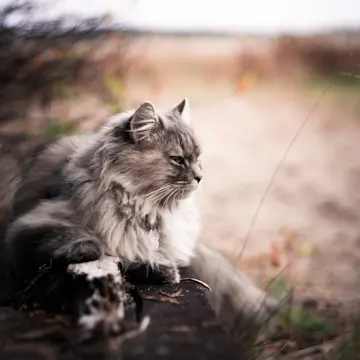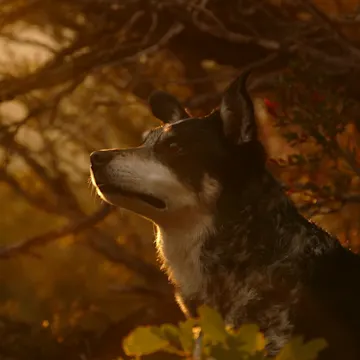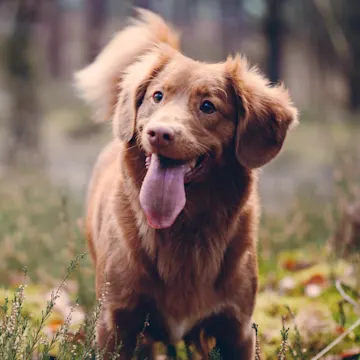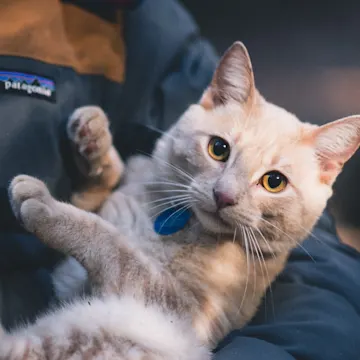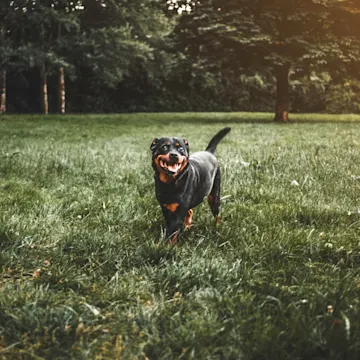Brookswood Animal Clinic
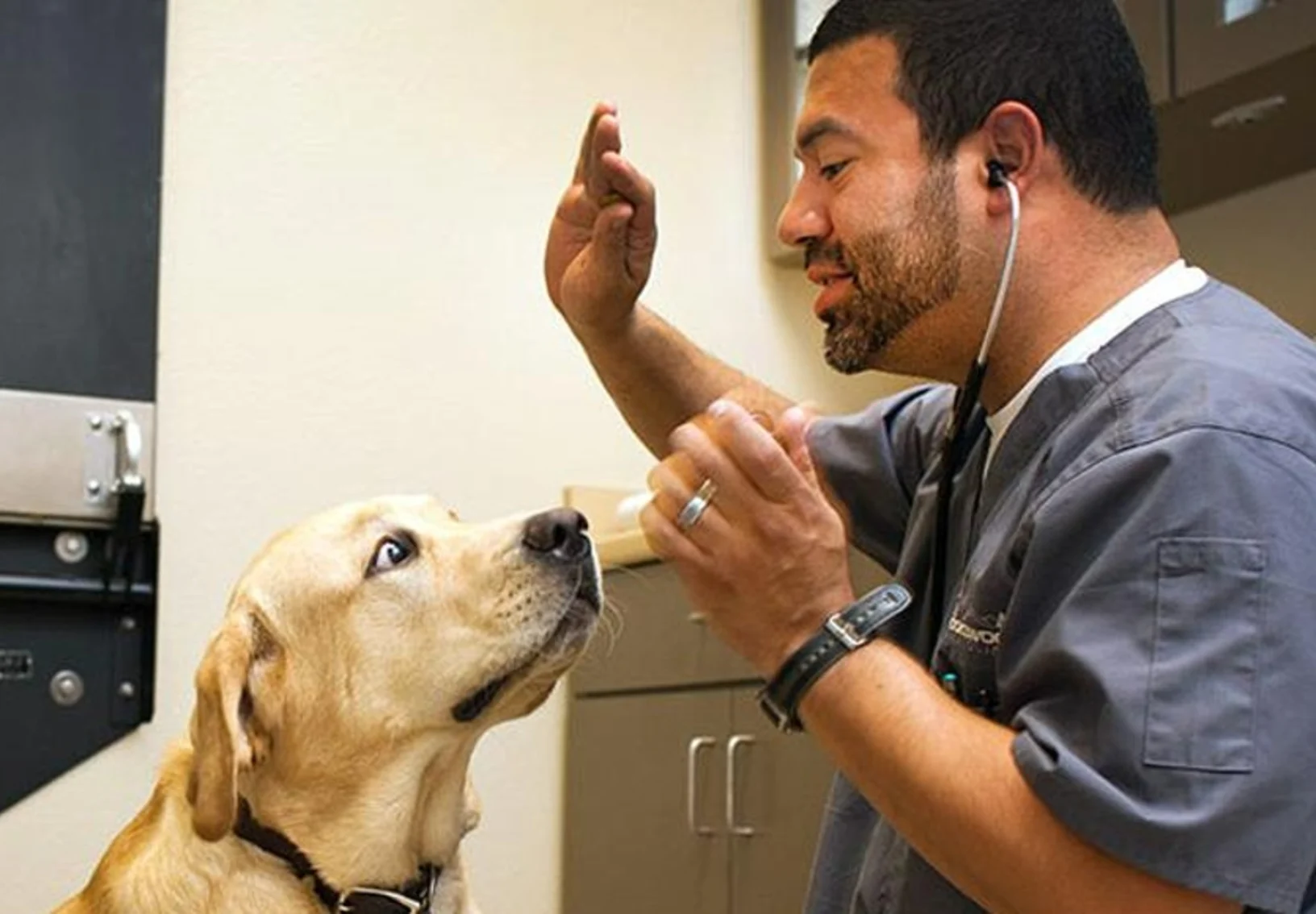
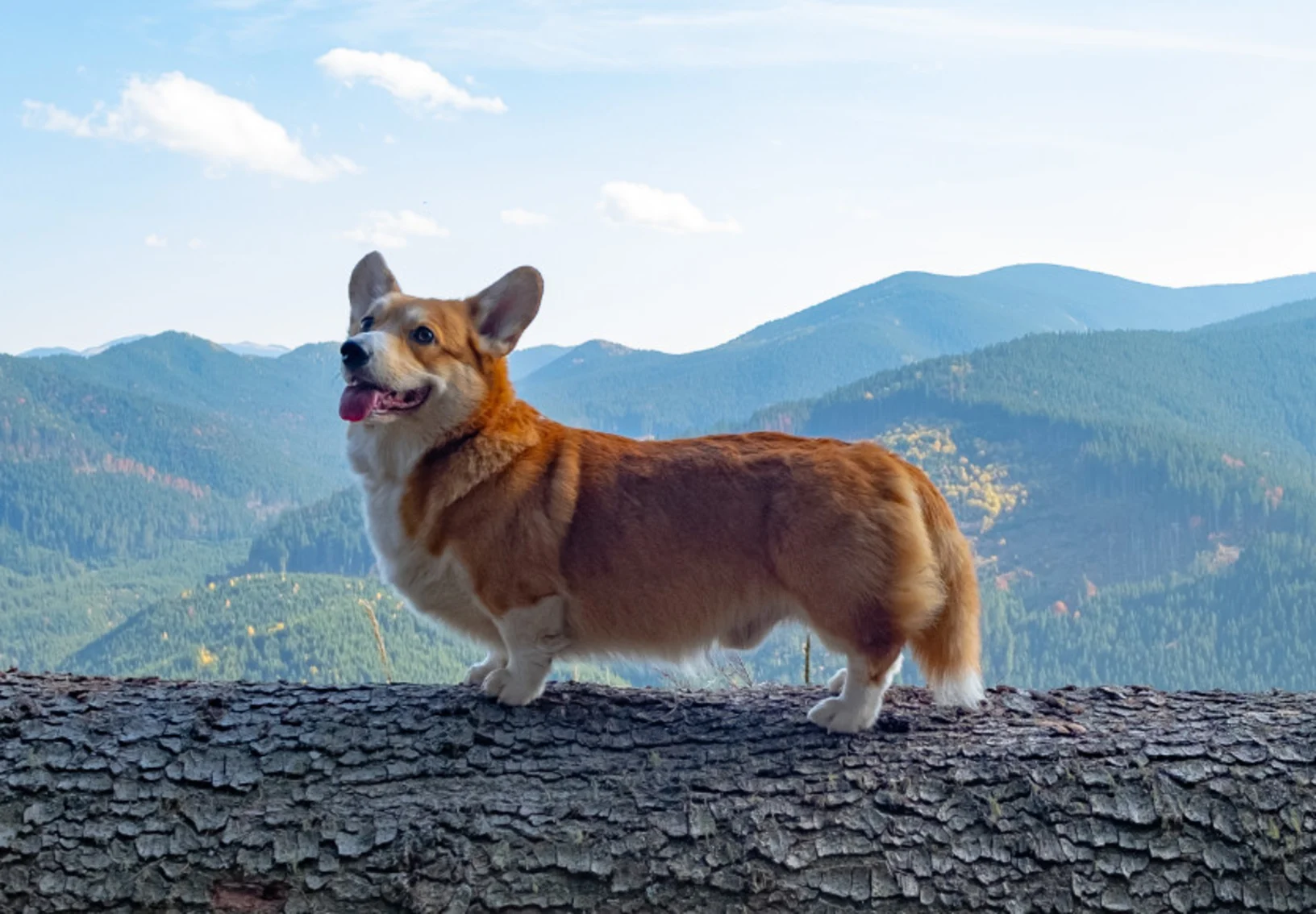
Who We Are
Brookswood Animal Clinic is a modern veterinary hospital located in beautiful Bend, Oregon. Our clinic is equipped with the latest veterinary technology, and has a dedicated team of experienced and compassionate doctors and staff. Our animal hospital is located in Brookswood Meadow Plaza on the south west side of Bend, OR in the heart of the growing Southwest Bend community.
Client Reviews & Testimonials
Our staff at Brookswood Animal Clinic values feedback from our clients. Here is just a small sample of the hundreds of happy and healthy pets that we have cared for since 2014.
I'm always happy with the care my dog receives at Brookswood! Everyone is so nice and patient with him, which has taught him that the vet isn't such a scary place. All the veterinarians I've seen have been skilled and compassionate. Thank you, BAC, for maintaining such a high level of service and care always, but especially during the past two years which have been so difficult in ways we never imagined. ❤️
Steven Y.
My pets and I have been going to Brookswood Animal Clinic since they opened and have been very happy since day one. Knowledgeable and courteous staff. They always make sure to address your questions or concerns and are extremely compassionate when it's time to make hard decisions. Highly recommend.
Gerry Z.
I like everything about Brookswood Animal Clinic. The doctors, vet techs and staff are most excellent professionals in all respects. It is the only veterinary clinic I have ever heard of that provides full services and timely appointments seven days a week. And in spite of its high volume workload it always appears to operate with utmost efficiency and competency. My precious dog and two cats are in the very best hands.
Thomas Y.
